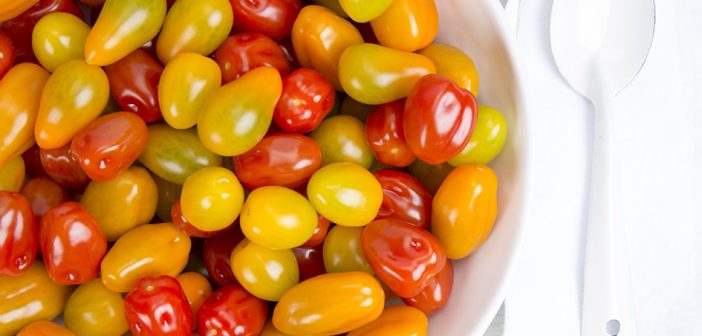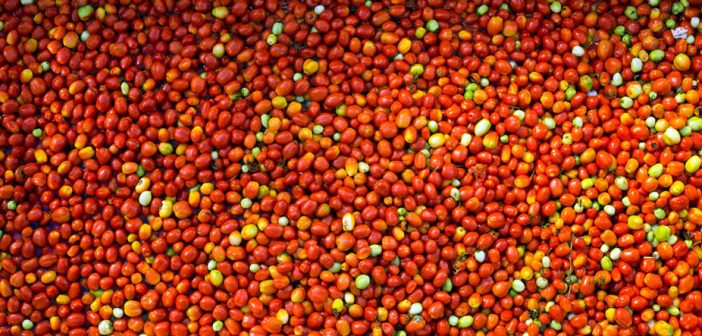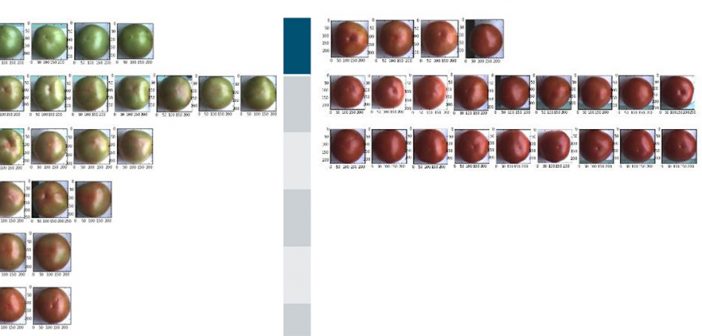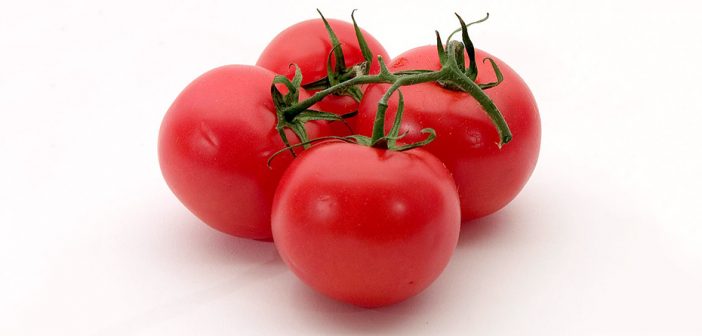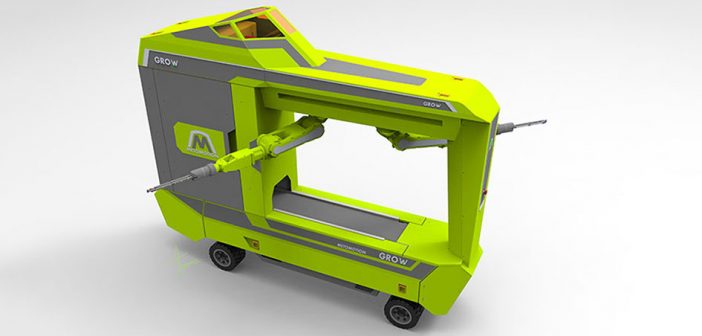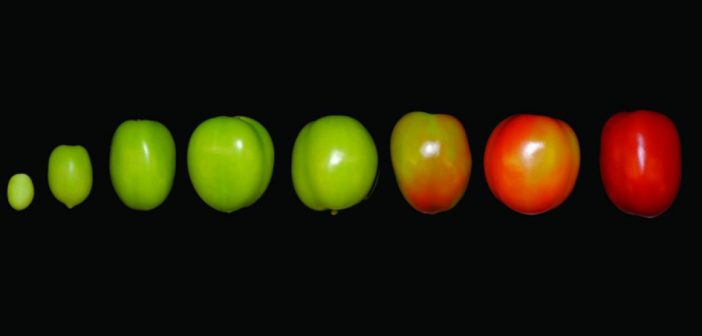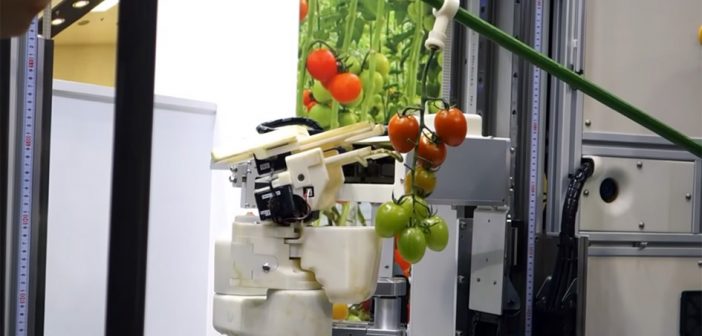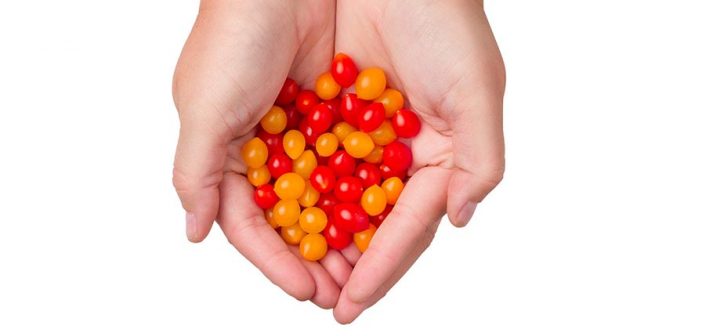The European Union says that it expects European tomato production to fall in response to reducing consumption across the region.
2018 production was 6.9 million tonnes, but a report on the EU’s agricultural prospects from 2018 to 2030 estimates that by 2030 this figure will drop to 6.7 million tonnes. Despite the fall in production, yields are anticipated to increase, ‘thanks to the installation of artificial light in the greenhouses and the extension of the season in the most important producing countries.’
By 2030, domestic consumption will fall from the current level 14.5kg per person to 13.6kg. However, while fresh tomato exports from the EU have reduced 0.3% a year over the last ten years, mainly due to the Russian produce veto in 2014. However the report predicts that exports will increase to 200,000 tons by 2030. This is 1.6% more than the average of the past five years. Tomato imports, particularly from Morocco and Turkey are expected to continue to grow by 0.4% per year until 2030.
While UK production only accounts for 0.5% of total EU tomato production, it is the most important market for EU tomatoes, currently accounting for 72% of total exports, most of which come from the Netherlands and Spain.2
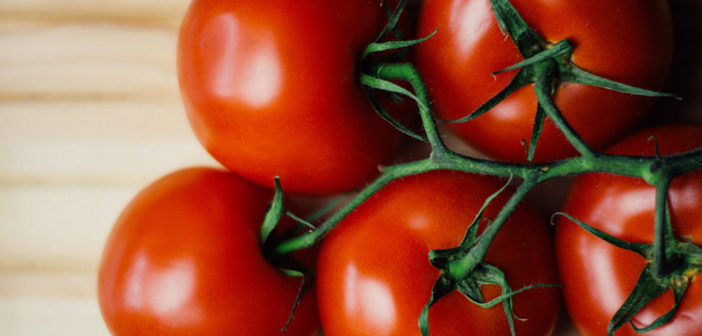
Photo Credit: Pexels
The post Europe predicts downturn in tomato consumption appeared first on Hort News.

